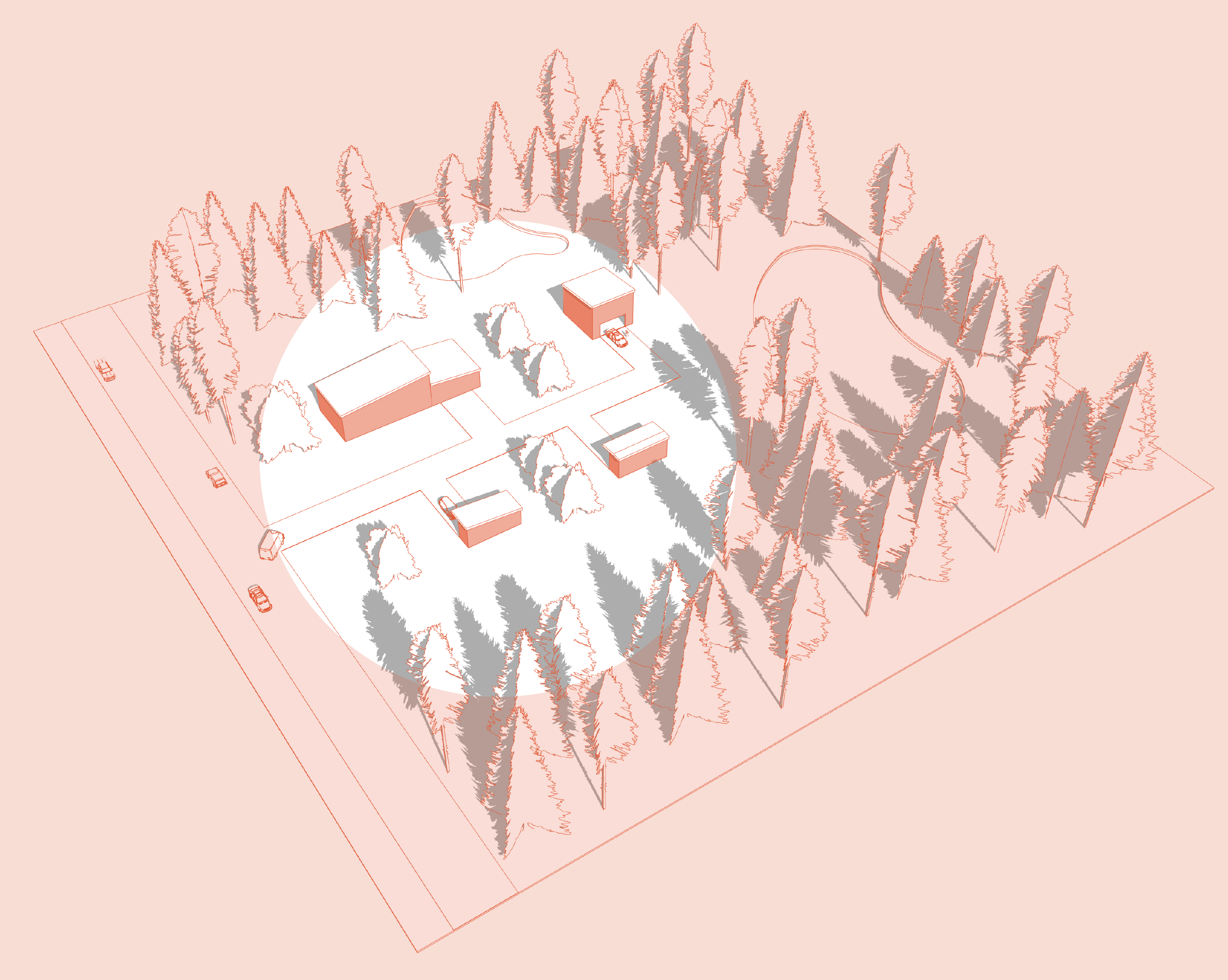Houses today are a reflection of deep-seated American Dream ideals
Our homes provide space for more possibilities now. The visiting family, spare rooms for the some-day grandkids, and the influence of the Fannie Mae loan for a 3 bedroom-2 bath have driven people to build big.
With our modern-day space almost tripling what my grandma and grandpa grew up in, one question needs to be asked:, How much space do we really need?
With the cost of materials or the ever-raising purchase of a new home, do we need that 3rd and 4th bedroom and ‘bonus’ room that sits empty 358 days of the year, (which we are now tasked to vacuum once a week)?
The unanticipated costs of a having big home
While originally a larger home stood for freedom, I’d argue that owning big means having a larger mortgage, more home maintenance and repairs, and less time to pursue what you really care about outside of the house.
Certainly, a family of 5 needs a larger home, but our demographics are shifting across the U.S. with both baby boomers looking to downsize, (⅕ of the population) and millennials and gen-Zers looking for more freedom outside of home maintenance to pursue their passions (about ⅖ of the population). [6]
Sandpoint, Idaho population boom, and Housing
People have been migrating to my hometown of Sandpoint, Idaho, at accelerated rates in recent years. This migration has invariably lowered the available supply and increased the demand of both land and homes.
Before I fall into the trope of being another local condemning migration and growth, I acknowledge that most people, even the generations of families, moved to North Idaho at some point. This makes the idea of a local a nebulous one.
Instead of spending energy discussing who should live here and who shouldn’t, I’d rather contemplate (through the lens of policy and change) the space we truly need to live and thrive as a community and look forward to continue to make Sandpoint an affordable place to live. We’ll have to be more creative and resilient in planning and developing for the future to make Sandpoint affordable, and one solution for current homeowners would require densifying our residential lots.
Policy in the county also needs to allow for centers of density, saving open space—a major reason why people move to North Idaho—while not subdividing every buildable half-acre into isolated neighborhoods, far from any amenities like grocery stores, gas stations and civic institutions. There is irony in the ability for one person to build a 10 bedroom home with and ADU, while another person on an identical and neighboring lot being unable to build a duplex or triplex and rent to multiple families.
Finding Solutions to Booming Populations, Policies, and Small Town, Big-Home living
One solution to the higher cost of living in this booming resort town is Cottage Housing, which essentially doubles the potential residences on your project. Cottage Housing residences have a few stipulations from the local Bonner County jurisdiction, but they provide that “missing middle” housing of smaller more affordable homes. The allowed area per home is 1500 square feet, which is a reasonable space for a 2 bedroom, 2 bath home and a sizable living room, kitchen and dining room. [7]
The County also has stipulations for shared open space and this model lends itself to housing as a community. In the case of a 1 acre lot zoned Suburban, which typically only allows one residence, you can add a second residence following the Cottage Housing Guidelines. With the addition of one tiny home, built on a mobile structure, you could potentially have three small families on a one acre lot. [7] This would lead to affordable housing by increasing the supply.
As an alternative to the Cottage housing model, we can look at the example of a R-5 lot (5 acres per single family home). A resident today can build the following: a single family home, a two bedroom ADU or mother in law, and the recently allowed addition of two tiny homes to park on a property (adhering to the minimum setback requirements of 25 at the road and 5 feet on the other sides). This would create the opportunity for one large family, a younger or retired couple, one fresh-out -of-school entrepreneur, and a local tradesperson to all live and share the same piece of land. [8] See the image above for an example of this.
There is room on a 5 acre parcel for autonomy and privacy, while also offering a sliver of community and as one’s own social cluster. We are social creatures and sharing land is part of our DNA. This hub makes for simple and easy social connections. It also takes a mortgage or construction loan of $800K to about $500/month per resident.
The power to think creatively when it comes to homes, properties, and participation within a community lies within every resident of Bonner County. Together, we can foster healthy density, affordable housing, and a reimagined take on what it means to build an American Dream.
